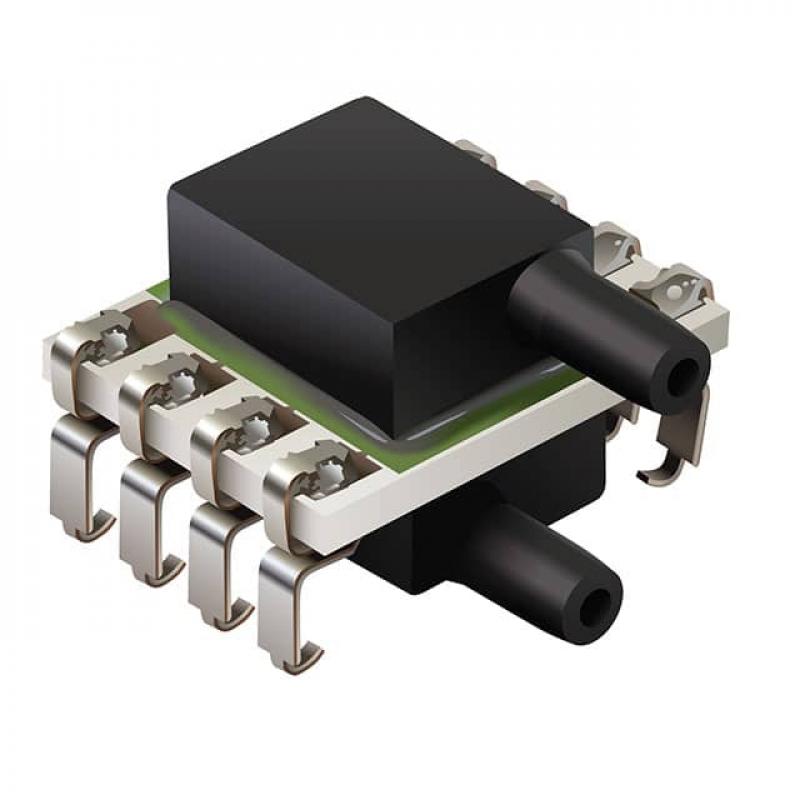In the realm of modern sensor technology, MEMS pressure sensors have emerged as miniature marvels with a multitude of applications. MEMS pressure sensors are a remarkable example of cutting-edge engineering, where complex micro-scale mechanical structures are integrated with electronics to precisely measure pressure variations in a wide range of environments. These tiny sensors have revolutionized various industries by providing accurate and reliable pressure data, enabling innovations in automotive, aerospace, healthcare, consumer electronics, and more. The key to their success lies in their small size, low power consumption, and cost-effectiveness, making them an ideal choice for applications where space and energy efficiency are paramount.
MEMS pressure sensors operate on the principle of converting mechanical pressure variations into electrical signals through minute structural deformations. They typically consist of a diaphragm or membrane that deflects under pressure, causing changes in capacitance, piezoresistance, or piezoelectricity, depending on the design. These changes are then detected and converted into usable data by on-chip circuitry. Due to their micro-scale construction, MEMS pressure sensors offer exceptional sensitivity and responsiveness, making them suitable for applications requiring precise pressure measurements, such as altimeters, barometers, and medical devices.
In conclusion, MEMS pressure sensors are truly miniature marvels that have transformed the landscape of sensor technology. Their compact size, accuracy, and versatility have made them indispensable components in various industries, enhancing safety, performance, and efficiency across a wide range of applications
